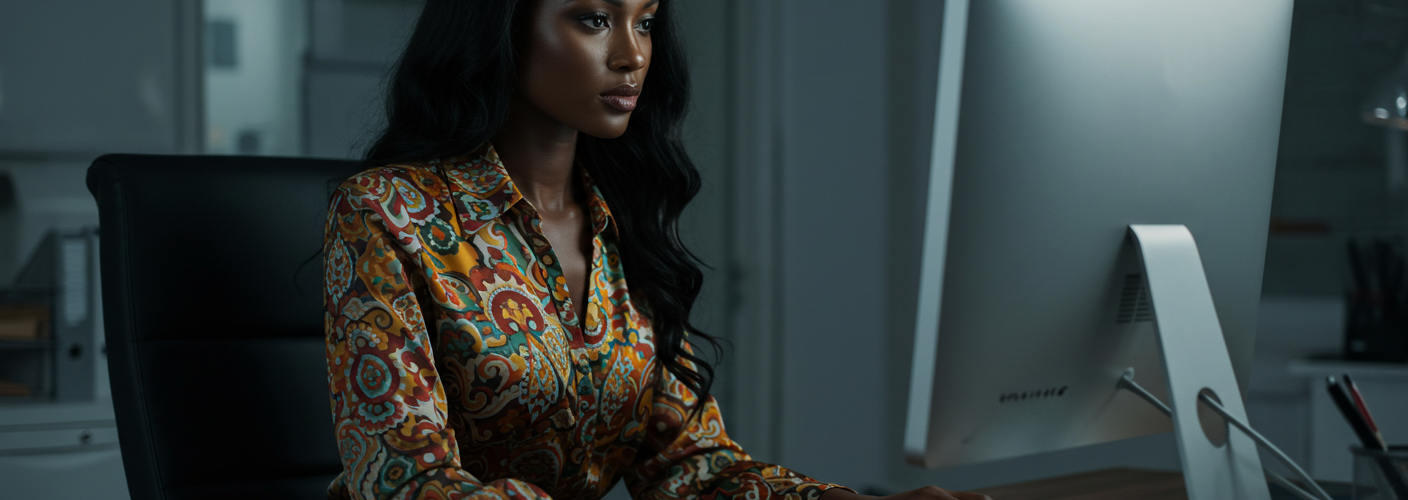Optimizing Your Windows 11 Experience: The Benefits of a Fresh Install
Upgrading to Windows 11 has been an exciting and, at times, challenging journey for many users. If you’ve recently made the jump from Windows 10 to Windows 11 via the upgrade option, you might have noticed some performance hiccups, especially in gaming. Many have reported issues such as lower frame rates and dips in performance, which could stem from the upgrade process. If you’re experiencing significant drops in your 1% low frame rates during gaming, it may be time to consider a fresh install of Windows 11.
Why Upgrade Issues Occur
When you perform an upgrade instead of a clean installation, Windows 11 is brought into your system alongside existing files, settings, and potentially conflicting software from your previous Windows 10 setup. This can lead to an unstable experience, particularly for gamers who require optimized performance. Upgrading can also carry over old drivers and settings that may not be fully compatible with Windows 11, which can further exacerbate performance issues.
Can You Still Perform a Fresh Install?
Absolutely! Even after upgrading to Windows 11, you have the option to do a clean install. A fresh installation allows you to start with a clean slate, eliminating leftover files and settings from your previous operating system. Here’s how you can undertake this process effectively:
- Back Up Your Data: Before making any major changes, always back up your important files. Use an external hard drive or a cloud storage solution.
- Create Windows 11 Installation Media: To perform a clean install, you’ll need installation media. Go to the Microsoft Windows 11 Download Page and download the Media Creation Tool. This tool will guide you through creating a bootable USB drive with Windows 11.
- Boot From the Installation Media: Insert the USB drive into your computer and restart it. Enter the BIOS/UEFI settings (usually by pressing F2, DELETE, or ESC during startup, depending on your system) and set the USB drive as the primary boot device.
- Install Windows 11: Once the installation media loads, select the “Install Now” option. When prompted, choose “Custom: Install Windows only (advanced)” to ensure you’re doing a clean install. This will allow you to format your existing partitions, effectively wiping your system clean.
- Follow the Setup Instructions: After the installation process completes, follow the on-screen prompts to set up your fresh installation. You may be prompted to set up a Microsoft account, choose privacy settings, and customize your installation preferences.
- Install Drivers and Updates: After installing Windows 11, be sure to check for updates and install the latest drivers for your hardware, particularly for your graphics card. This could significantly improve gaming performance.
- Reinstall Games: Install your games fresh as well. This allows you to benefit from the clean state of your operating system, reducing chances of performance issues stemming from leftover files or settings.
Conclusion
If you’re experiencing poor performance after upgrading to Windows 11 from Windows 10, a clean install may be the solution you need. Not only can it resolve performance dips, but it can also provide a more stable and optimized experience moving forward. Just make sure to back up everything important before diving into the installation process, and take full advantage of the powerful features Windows 11 has to offer. Happy gaming!





Add comment